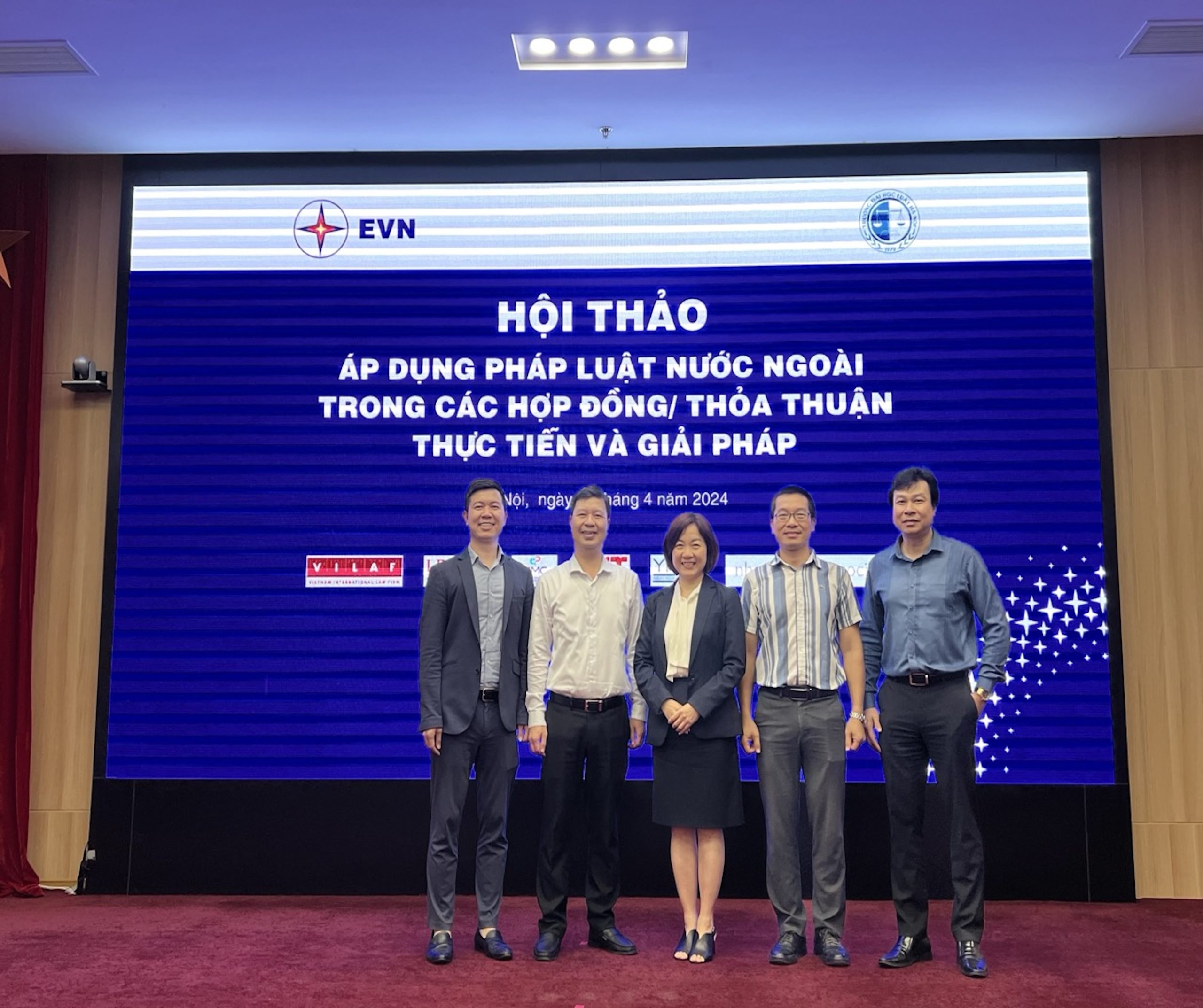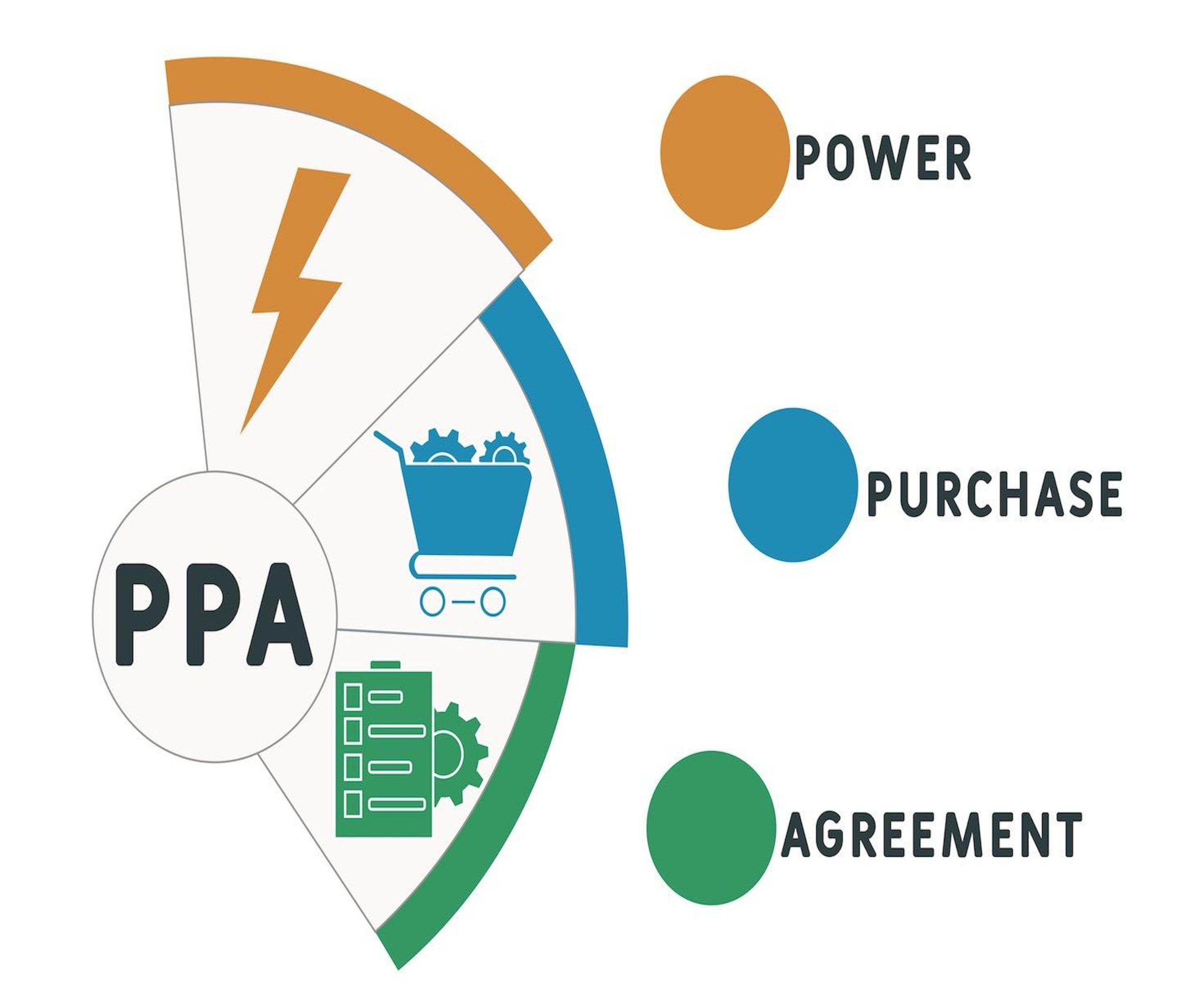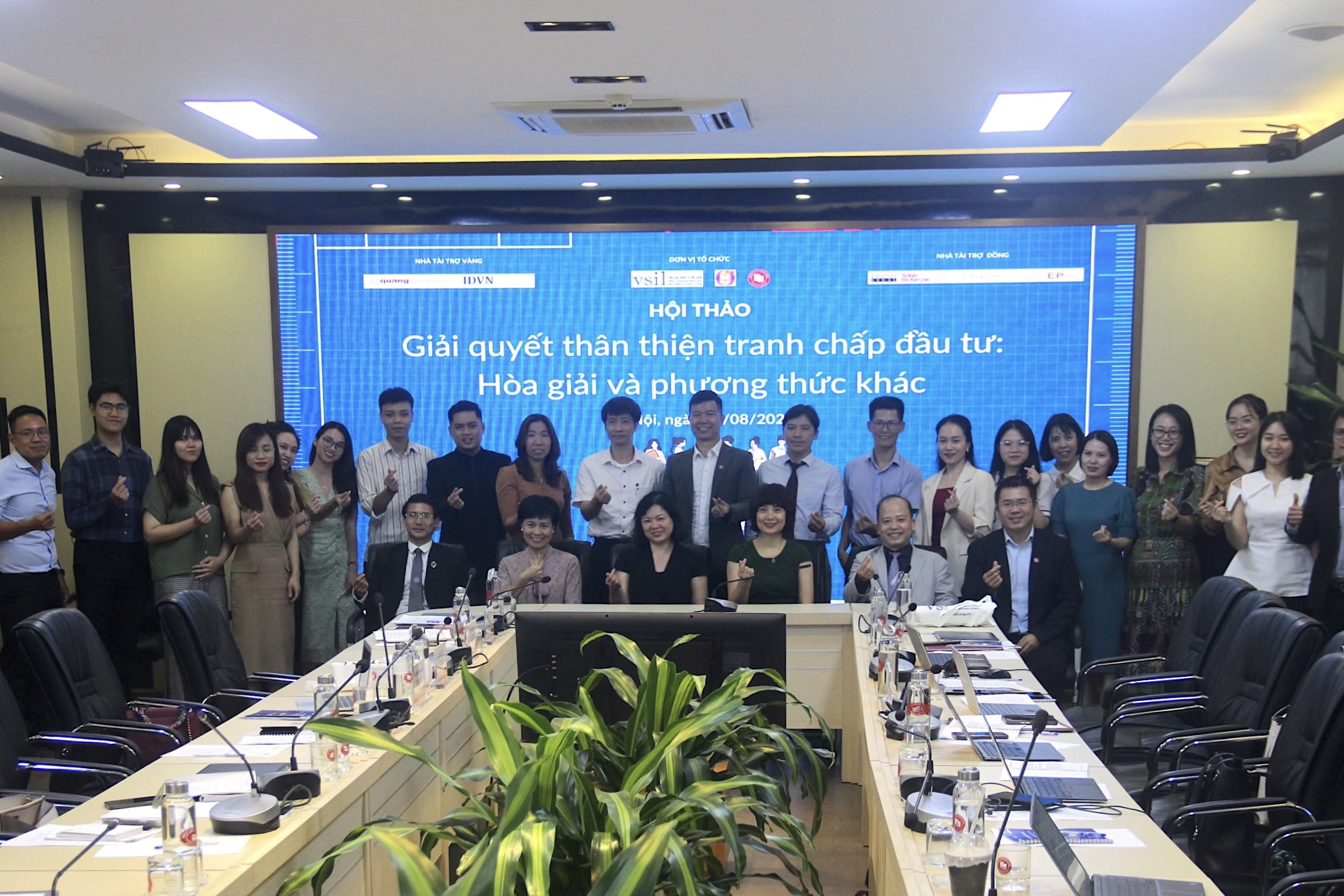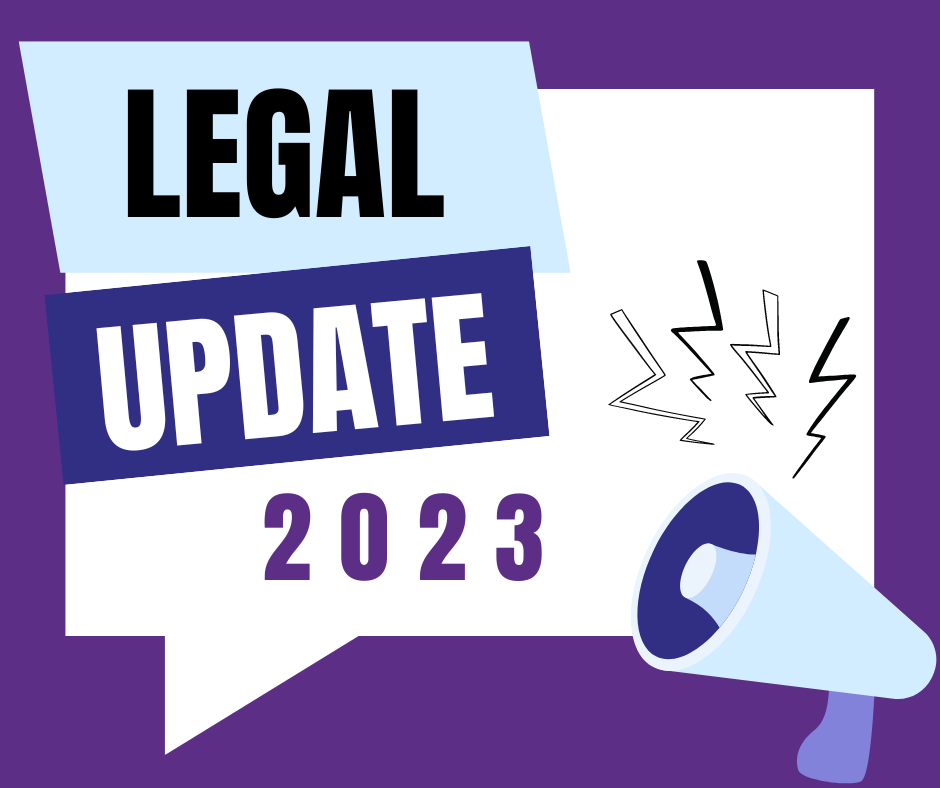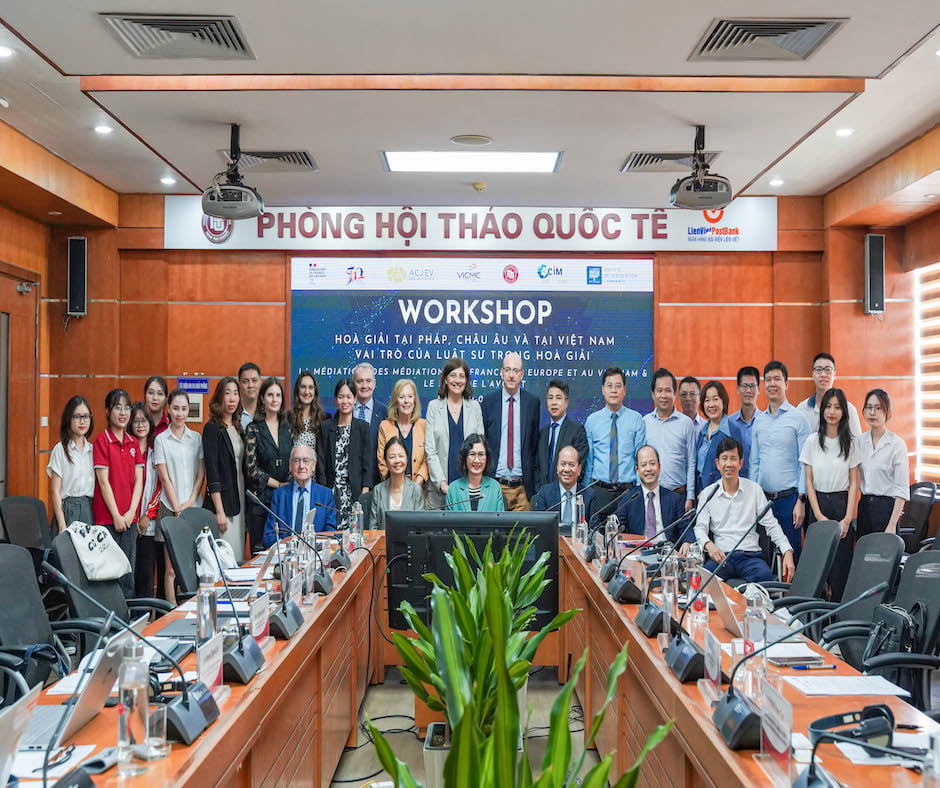1. Problem statement
Along with the development of e-commerce and dispute resolution technology, Online Dispute Resolution (ODR) has also been developed and become one of the methods that parties can use to resolve disputes. The strengths of information technology will help ODR promote its advantages such as resolving disputes quickly, neutrally, and without bias. However, some vulnerable groups, such as women, people with disabilities, the poor, ethnic minorities, people living in remote and isolated areas, as well as small and micro enterprises… may encounter many difficulties in using ODR, thereby affecting their right to access justice. In the first part of the article, the author will analyze the trend of using online dispute resolution systems. In the following parts, the author will focus on clarifying the issue of access to justice, and makes some recommendations.
2. Trends in using online dispute resolution mechanisms
2.1 Trends in the development of e-commerce and e-transactions
According to the World Trade Organization[1], e-commerce “includes the production, advertising, sale and distribution of products that are bought and paid for on the Internet, but are delivered in a tangible way, both the delivered products as well as the digital information via the Internet”. Decree No. 52/2013/ND-CP dated May 16, 2013 of the Government on e-commerce defines “e-commerce activities are understood as conducting part or all of the process of commercial activities by electronic means connected to the Internet, mobile telecommunications networks or other open networks” (Article 3, Clause 1). Thus, e-commerce in a universal approach is the implementation of transactions to buy and sell goods or provide services (including activities such as advertising, ordering, payment, delivery, etc.) via the Internet and other electronic means.
Vietnam’s retail e-commerce market in 2020 reached a revenue of 11.8 billion USD, an increase of 18% compared to 2019 and had about 49.3 million shoppers on e-commerce platforms. The proportion of Internet users participating in online shopping increased from 77% in 2019 to 88% in 2020. It is expected that by 2025, Vietnam’s e-commerce revenue will reach 29 billion USD[2]. Vietnam has a young population structure as well as a large proportion of smartphone users, and a large number of people transacting e-commerce on smartphones[3].
More and more Vietnamese businesses are participating in the e-commerce market. Vietnamese businesses have caught up with the online shopping trend of Vietnamese people, so they have rapidly developed online shopping platforms that are not much inferior to foreign e-commerce platforms. Vietnam has up to five representatives in the top 10 e-commerce platforms with the highest average traffic in Southeast Asia, such as Mobile World, Tiki, Dien May Xanh, Sendo and FPT Shop. In addition, the world’s major e-commerce trading floors are also participating and competing with Vietnamese e-commerce platforms, such as Amazon, eBay, Alibaba or Shopee, Lazada[4].
The COVID-19 pandemic, with its prevention and control measures such as social distancing or lockdowns, has affected shopping behavior and business methods in Vietnam and globally. Businesses were unable to open for direct sales for a long period of time in 2020 and 2021. A segment of the population is afraid of direct contact activities. This reality has contributed to promoting online shopping methods to become more effective, especially for the urban population. Grasping the increased demand for e-commerce from the reality of the COVID-19 pandemic, Vietnamese businesses have increased the application of e-commerce and e-transactions in their business operations. It is estimated that up to 23% of new businesses joined e-commerce trading floors after the COVID-19 pandemic broke out. 63% of Vietnamese businesses are using electronic signatures and 33% of businesses use electronic contracts. These figures show that businesses themselves have recognized the potential and benefits that e-commerce can bring.[5]
2.2 Trends in developing online dispute resolution mechanisms
ODR is a mechanism that uses technology and computer-mediated communication to resolve disputes. ODR can still be implemented with four dispute resolution methods: negotiation, mediation, arbitration and court. ODR adds technology to the case handling process, and can even play a leading role in dispute resolution. Thus, ODR shares the same characteristics with e-commerce in that they both use information technology and electronic communication to resolve problems.
Organizations providing ODR services have software systems to allow parties to carry out the entire dispute resolution process online. Parties will be granted access to the ODR system to submit documents (petitions, evidence); exchange information with each other and with organizations implementing ODR methods, organize online meetings, issue minutes… This system can integrate other support functions such as file management, reminders of litigation deadlines, ensuring progress and litigation procedures, connecting to the electronic systems of other judicial agencies… The ODR system can also be combined with artificial intelligence (AI) technology to review and verify data and documents serving resolving disputes[6].
The rapid growth of e-commerce has created a need to resolve a large volume of disputes. These disputes mainly arise between sellers or online service providers and consumers with characteristics such as cross-border scope, small value of dispute, simple content, large quantity and high level of duplication. In the world, to solve this problem, many large e-commerce platforms such as eBay, Amazon, Alibaba, Aliexpress, Lazada… have built their own online negotiation and mediation systems or through third-party services. Disputes, especially electronic contract disputes, will be resolved by the parties through online negotiation and mediation procedures. This method is considered to be effective in terms of time and cost for the parties. eBay’s Resolution Center resolves about 60 million disputes per year, higher than the number of disputes handled by the US civil court system[7]. Both eBay and Alibaba resolve disputes with a success rate of about 90%[8].
Through a quick review by the authors of e-commerce trading floors of large Vietnamese enterprises such as Tiki[9], Thegioididong[10], FPT Telecom[11] or Sendo[12], the main dispute resolution mechanisms at these e-commerce platforms are methods of resolving complaints, which are negotiated between the seller and the buyer, and may involve the participation of the e-commerce trading floor in cases where the seller does not show signs of active participation in the resolution. Thus, the trend of analyzing information about goods, shopping behavior, and exchanges to resolve disputes for parties using information technology has not been thoroughly applied at Vietnamese e-commerce companies when compared with the models of foreign e-commerce companies. Through review, the above mentioned Vietnamese e-commerce companies have not yet cooperated with Vietnamese mediation and arbitration centers to resolve disputes online.
Some mediation and arbitration centers in Vietnam have also expanded ODR services, such as the Vietnam International Commercial Mediation Center[13], the Vietnam International Arbitration Center[14], and the Hanoi Arbitration and Mediation Center[15]. The application of online platforms to simplify and automate the litigation process of mediation and arbitration centers aims to meet the growing demand for dispute resolution from commercial activities. From basic platforms for exchange such as email, online meetings to platforms that allow the dispute resolution process to be conducted entirely online, the technology factor makes the mediation and arbitration process easier without changing the nature of these dispute resolution methods[16].
(To be continued)
*The article is published in Journal of International Economics and Management, No. 149 (09/2022)
*About the Authors:
Lawyer Nguyen Hung Quang – President of Vietnam International Commercial Mediation Center (VICMC)
Nguyen Tran Lan Huong – Member of the Secretariat of Vietnam International Commercial Mediation Center (VICMC)
Nguyen Hai Giang – Member of the Secretariat of Vietnam International Commercial Mediation Center (VICMC)
Secretariat
[1] World Trade Organization (1998), “Work programme on electronic commerce”, https://www.wto.org/enlish/tratop_e/ecom_e/ecom_work_programme_e.htm#:~:text=global%20e%2Dcommerce.-,What%20is%20e%2Dcommerce%3F,and%20services%20by%20electronic%20means%E2%80%9D, truy cập ngày 05/04/2022.
[2] Google, Temasek, Bain & Company (2021), Southeast Asia Internet Economy Report 2020.
[3] General Statistics Office – United Nations Population Fund (2016), 2014 Inter-Central Population and Housing Census – Age, sex structure and some socio-economic issues in Vietnam, News Publishing House, Hanoi, p. 70.
[4] iPrice Group (2021), “The Map of E-commerce in Vietnam”, https://iprice.vn/insights/mapofecommerce/en/, truy cập ngày 15/03/2022.
[5] Hai, D.H. (2020), Southeast Asia E-commerce Report 2020, Department of E-commerce and Digital Economy, Ministry of Industry and Trade, Quarter III.
[6] Lien, H.T. & Huy, T.A. (2020), “Proposal to develop forms of online dispute resolution outside of litigation in Vietnam”, Proceedings of the Workshop “The 4th Industrial Revolution and legal issues for the construction and improvement of the Vietnamese legal system”.
[7] Rule, C. (2019), “Using online dispute resolution to expand access to justice”, Oklahoma Bar Journal, Vol. 90, 26.
[8] Becker, D. & Maia, A. (2018), “ODR as an effective method to ensure access to justice: the worrying, but promising Brazilian case”, https://www.mediate.com/pfriendly.cfm?id=13844, truy cập ngày 16/03/2022.
[9] Tiki (2022), “Complaints settlement policy”, https://hotro.tiki.vn/s/article/chinh-sach-giai-quyet-khieu-nai, accessed April 4, 2022.
[10] Thegioididong (2021), “The simplest way to report complaints to Thegioididong”, https://www.thegioididong.com/hoi-dap/can-phan-anh-nhan-vien-the-gioi-di-dong-664932, accessed on April 4, 2022.
[11] FPT (2013), “Customer complaint reception and resolution process”, https://fpt.vn/storage/upload/files/pages/quality-assurance/01qtcl-mtqt-t
[12] Sendo (2022), “How to create a complaint for a purchased order?”, https://help.sendo.vn/hc/vi/articles/360059468452-L%C3%A0m-th%E1%BA%BF-n%C3%A0o-%C4%91%E1%BB%83-t%E1%BA%A1o-khi%E1%BA%BFu-n%E1%BA%A1i-cho-%C4%91%C6%A1n-h%C3%A0ng-%C4%91%C3%A-3-mua-, accessed April 4, 2022.
[13] VICMC (2021), “Online mediation service”, https://vicmc.vn/dich-vu/hoa-giai-truc-tuyen/, accessed on April 4, 2022.
[14] VIAC (2021), “Launch of online mediation platform MedUp”, https://www.viac.vn/tin-tuc-su-kien/ra-mat-nen-tang-hoa-giai-truc-tuyen-medup-n1087.html, accessed on 04/04/2022.
[15] HIAC (2020), “Online dispute resolution system”, https://www.hiac.vn/#, accessed on 04/04/2022.
[16] Ha, N.N. (2021), “Overview study on online mediation method in resolving commercial disputes with foreign elements”, article cited at the Workshop “Current legal status and application practices on resolving commercial disputes by online arbitration and mediation”, Hanoi.






